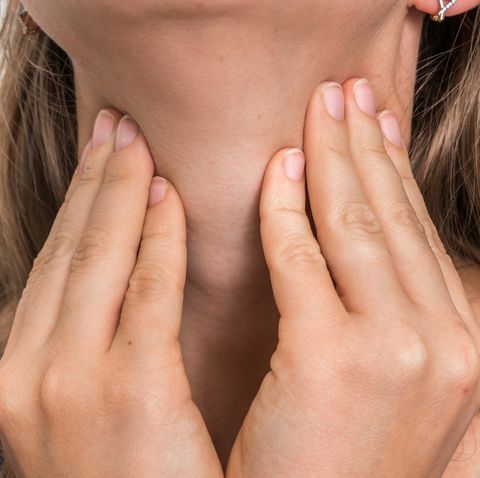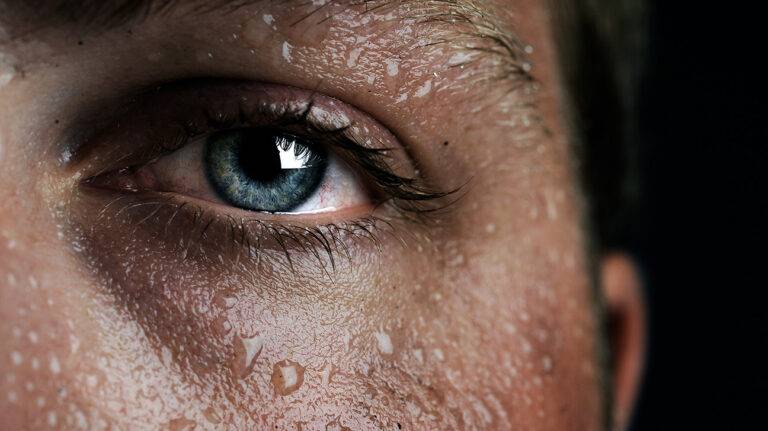Piercing: Things to know before getting one
Author: Rose Stella
Rose Stella
Category: Health
Piercing has been a statement of freedom of self-expression of people these days. More people are now open to doing piercing not only their ears but also other parts of their body such as the nose, face, belly button, and many others.
Are you one of the people considering getting your ears or your body pierced? These are things to consider before getting a piercing.
- Parent's permission – Most places require you to have parental consent if you are under age 18. Check with your parents prior to doing it.
- School Rules – Some schools prohibit facial piercings among their students.
- Future Employment – There are positions that prohibit facial piercings. Make sure the it is suitable for your lifestyle.
- Blood Donation – Certain organizations have strict rules when it comes to accepting blood donations from people whose done piercings within the past year.
Is it a safe practice?
When performed in a sanitary and professional setting, it is typically safe. However, if the equipment is dirty, there is a risk of contracting blood-borne diseases. These consist of:
- Hepatitis B
- Hepatitis C
- Tetanus
- HIV
Even in a sterile (germ-free) environment, it poses the following risks:
- Chronic disease
- Skin allergies
- Abscesses (pus-filled, painful areas of skin)
- Inflammation or nerve damage
- Persistent bleeding
 A woman getting a tongue
piercing.
A woman getting a tongue
piercing.
Where should I get my piercing performed?
A sterile environment is the most important factor to consider when choosing the location.
Here are some tips for locating a secure location for piercing:
- Consult with your physician. Some physicians' offices perform basic ear piercings.
- Investigate the shops.
- When visiting a stand in a shopping mall, ensure that employees use a sterile, single-use piercing gun.
NEVER attempt to:
- Self-pierce or have a friend pierce you.
- Don’t do it in dirty shops.
How can I determine if the shop is safe and sterile?
However, not all states regulate body piercing. It is essential to find a safe environment.
The individual performing should:
- Before performing, the person must thoroughly wash their hands with a germicidal soap.
- Wear disposable gloves.
- Utilize disposable or sterile instruments.
- Utilize a fresh needle for every piercing.
How is it carried out?
Typically, a sterile, single-use piercing gun is used to insert an earring into the earlobe. For other parts of the body, the skin is pierced with a hollow needle. The individual performing will insert jewelry into the hole.
Single-use piercing guns are the safest option. This means that it is only used on one customer before being discarded. This reduces the likelihood of infection. Also acceptable are piercing guns with sterile disposable cassettes. However, they do not offer the same level of protection as single- use piercing firearms.
Do not get pierced with a reusable piercing gun that lacks disposable cassettes that have been sterilized. These guns cannot be autoclaved. An autoclave is a device for sterilizing non-disposable instruments using heat. It ensures that all instruments are clean before being used on the body. It is an essential piece of equipment for a sterile shop.
 A woman getting her nose
pierced.
A woman getting her nose
pierced.
Who should perform the piercing?
Before getting pierced, you should conduct research. Find a safe, clean shop. To perform the piercing, select a professional with a solid reputation.
In addition, do not pierce yourself or allow non-professionals to pierce you. Select the body location and jewelry with care. Avoid wearing nickel or brass jewelry. Metals can trigger allergic reactions. Consider titanium, 14-karat gold, or surgical-grade steel jewelry.
Piercing healing time
Depending on the location, the duration of healing can vary. Here are the average times required for common piercings to heal:
- Earlobe: 6 to 8 weeks
- Ear cartilage: 4 months to 1 year
- Eyebrow: 6 to 8 weeks
- Nostril: 2 to 4 months
- Nasal septum: 6 to 8 months
- Tongue: 4 weeks
- Lip: 2 to 3 months
How to take care of a new piercing?
Your piercer will provide you with specific cleaning instructions. General dos and don’ts for new piercings are as follows:
Do:
- Before cleaning the piercing, one should wash his or her hands.
- Use antibacterial soap or hypochlorous acid to cleanse the punctured area.
- Soak the puncture with salt water. This will purify the surface and loosen crusty formations.
- Use an alcohol-free antibacterial mouthwash or hypochlorous acid to rinse the mouth.
- (for lip and tongue piercings)
- Utilize an antibiotic cream.
 Taking care of a piercing.
Taking care of a piercing.
Don’t:
- Touch or pick at the piercing. This can cause irritation and infection.
- Utilize alcohol or peroxide to clean the area. This can cause skin dehydration and the breakdown of new tissue.
- Utilize public pools and hot tubs as it heals.
- Wear makeup while you are recovering (for ear or facial piercings).
- Wear snug clothing (for body piercings).
- What happens if an infection develops?
- Some temporary discomfort or swelling is normal following a piercing. However, if the pain persists, it could indicate an infection.
Be extra careful if you get an oral piercing. These are more susceptible to infection due to the presence of oral bacteria. Additionally, contact with jewelry against the teeth can cause teeth to chip or crack.
Indicators of infection:
- Pain that persists for at least two days
- unusual discomfort or swelling
- yellow, malodorous discharge
- Persistent bleeding
- Extreme redness
If you suspect an infection:
Please do not remove the jewelry. This will result in the closure of the wound, which may trap the infection. Consult your physician for treatment.
Dangers of Piercing
 A keloid in the ear.
A keloid in the ear.
Any form of piercing carries the risk of complications, such as:
- Allergic responses. Some jewelry can cause allergic reactions, particularly nickel-based pieces.
- Oral difficulties. Tongue-piercing jewelry can chip and crack teeth and cause damage to the gums. After a new tongue piercing, swelling can interfere with chewing, swallowing, and sometimes even breathing.
- Skin conditions This may cause post-piercing redness, pain, swelling, or pus-like discharge.
- Other skin problems. It can result in scars and raised areas caused by excessive scar tissue growth (keloids).
- Diseases that are transmitted through the blood. Various bloodborne diseases, including hepatitis B, hepatitis C, tetanus, and HIV, can be transmitted through the equipment if it has been contaminated with infected blood.
- Tearing or trauma. Accidental snagging and tearing of jewelry may necessitate stitches or other repairs.
If you develop an allergic reaction, infection, or other skin issues close to the piercing, you may need medication or other treatment.













